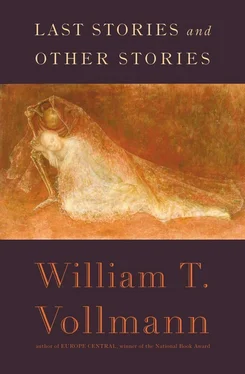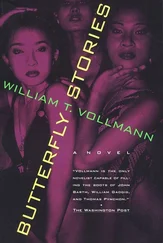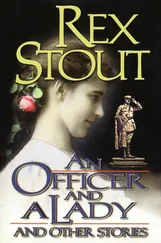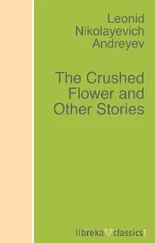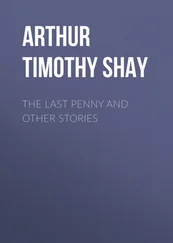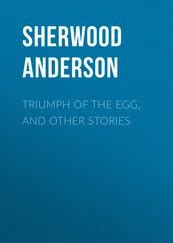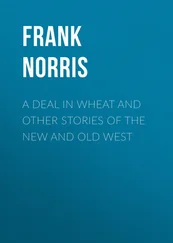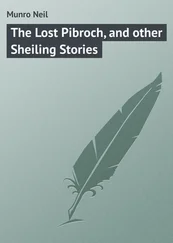Ms. Tatiana Jovanovic was a great help (and sweet friend) when I researched “Escape” and “The Treasure of Jovo Cirtovich.” Puna hvala, Tanya. Ya te lubim.
In 2011 the Kapittel 11 Stavanger International Festival of Literature and Freedom of Speech brought me to Norway in the confidence that I could become an accomplished skjørtejeger. Hence the Stavanger cluster of stories, and also “Defiance” (the theme of that festival). I would like to thank Mr. Eirik Bø, the festival director; Ms. Marit Egaas (his boss), who took me to several lovely and eerie ancient sites, and her husband, the kind and jovial Mr. Kurt Kristensen — not to mention the history-wise Mr. Egil Hennksen, and of course Mr. Arild Rein, who brought me to, among other places, the Nazi bunkers of Tungesnes (see “The Trench Ghost”). I stayed in a small white house at Bergsmauet 2 ( grunnflate thirty-six square meters) which was hauled piecemeal from its old site in Sauda to Stavanger in 1831. Supposedly it is haunted, although I never saw any ghosts. It is the setting for “The White-Armed Lady.” Mr. John Eirik Riley, the instigator of my Stavanger trip, has continued to become an ever-closer friend. It was he who first brought me to Lillehammer for the Sigrid Undset Literary Festival back in 2006. A few notes from that period dwell in descriptions in “The Memory Stone.”
Mr. Gianluca Teat was a cheerful friend and a learned guide to modern and antique places around Trieste, Redipuglia, Aquileia and Cividale. Hence “Jovo Cirtovich,” “The Trench Ghost,” etcetera. Thanks also to Sara Blasina.
In Japan I would like to present my sincere thanks to Ms. Kawai Takako, Ms. Tochigi Reiko and Mr. Yoshio Kou.
My friend Mr. Ben Pax lent me his copy of I Am That. See “The Trench Ghost.”
Ms. Teresa McFarland, guapa, linda y hermosa, did me many kindnesses both public and private during the writing of this book, including the thankless task of reading draft versions of many stories in search of typographical errors, which seem to be my hallmark as I age. She also translated and interpreted Spanish whenever my infant capabilities did not suffice. Last Stories benefited tremendously, and so did I. Sin ti la vida no quiero…
I would like to thank Chris and Lydia Martin for their friendship and support.
Reading my FBI file this year provided non-ectoplasmic chuckles. Whenever I wearied of inventing sprites underground, I could entertain myself with the spooks around me.
My agent, Susan Golomb, sold this book. My editor, Mr. Paul Slovak, bought it, and saved me from many small errors. I cut a few pages, out of compassion for them both. No doubt Last Stories will make us all rich, at least in those “hell banknotes” that one burns at certain ethnic Chinese funerals in Southeast Asia. Ms. Carla Bolte, the designer, made everything look right, because she cared. Carla, I will always love you. I gratefully acknowledge the intelligent diligence of the copy editor, Maureen Sugden, who double-checked and queried cannons, deathbed words and feline names at various epochs. Without her, who knows how many modifiers would still be dangling? How many more word repetitions would be dribbling down my chin?
These stories were not finished quickly; a generous prize stipend from the American Academy of Arts and Letters has made my last five years nearly free of financial worry. I will not forget my gratitude. Ohio State University’s purchase of the bulk of my photographic negatives has also been a tremendous help, for which I would like to thank Mr. Geoffrey Smith for buying the collection in the first place, the lovely Ms. Lisa Iacabellis, whose quiet, patient competence is the expression of a considerate heart, and my manuscript dealer, friend and fellow firearms enthusiast, Mr. George R. Minkoff. May there always be fifty mercury-tipped cartridges in your clip, George. Ms. Priscilla Juvelis, my artist’s book dealer, has also aided and abetted me in the sweetest fashion. Thank you, Priscilla.
My mother took me to a beautiful Bonnard exhibition in Basle, on which I have drawn in certain descriptions of “The Faithful Wife.” I would like to express my loving gratitude to her for this and many other things. Her friends Bob and Dorli Collins and Georges and Monica Taillard loaned me several volumes of Swiss ghost stories, a couple of whose images figure indirectly here and there. (Someday I hope to write about Wassergeister, Wassernixen, Brunnholden and Meerjungfrauen.) Thank you all.
* Srpska Demokratska Stranka (Serbian Democratic Party), the main organ of the Bosnian Serbs.
* Hrvatske Odbrambene Snage (Croatian Defense Force), the private army of Dobroslav Paraga’s party of rightwing extremists, HSP, whose antecedents were in the Nazi period.
* The Ustashe were Croatian Nazis who committed many atrocities against Muslims and Serbs during World War II. Accordingly, Serbian ultranationalists during the Yugoslavian Civil War a half-century later referred to Croats as Ustashe. This hateful appellation was mostly slanderous, but not entirely, for some Croatian irregulars from the Dalmatian coast (Dubrovnik) and elsewhere did gleefully style themselves after the Fascist model.
* 27 June.
* This later became a point of some trouble to their husbands, who found that the Cirtovich women were unaccustomed to the lot of wives; indeed, all they had to do was complain to their doting father, and the husbands would be informed that there were wolves in the forest and in the islands uskoks who enjoyed burning captives alive. Until the end of Cirtovich’s life, only two of his daughters were beaten even once; and of these, one was unmolested forever after; the other became mysteriously widowed and soon remarried on very good terms.
* Serbian outlaw.
* 24 April (Old Style).
* It might be best to be a tree, drinking sunlight, eating dirt and budding for ever so many seasons, probably without the knowledge which doubles pleasure but also without the corresponding double pain when autumn requires the tree to shed pieces of itself. For a tree, life might be experienced as easy and semicontinual aggrandizement, death as nothing — but who can say? Is it any worse to while away an afternoon over a grappa or two, at a little round table, drinking in the sunshine of passing women?
* Judge.
* An image, often naïve in style and technique, commissioned in honor of a saint, or more specifically to acknowledge some miracle or favor. Nineteenth-century Mexican retablos tend to be oil-painted on tin-coated iron.
* Light spring wagon.
* As for Dominga, her doom is obscure.
* Mexicans seeking illegal entry into the U.S. Along the border they are memorialized by their clothes, left behind in the course of a crossing or an arrest.
* Indigenous name for Malinche.
* A mixture of palm-oil, flour, water and pepper, served out on some slave ships. Doubtless its low nutritive value made the human cargo less dangerous (at the cost of increasing mortality).
* Gull means “gold.”
* A sheath-knife or dagger.
* A maiko is a young apprentice geisha. (This category exists in Kyoto only.) She dresses more vibrantly than her Elder Sisters. Her kimonos often sport accents of red, the color of sexuality and youth. In her last year, her red collar is gradually altered, month by month, into a silver one, until she has entered into the more somber maturity of geishahood.
* Kabuki actors who specialize in female impersonation.
* Japanese “Mafia.”
